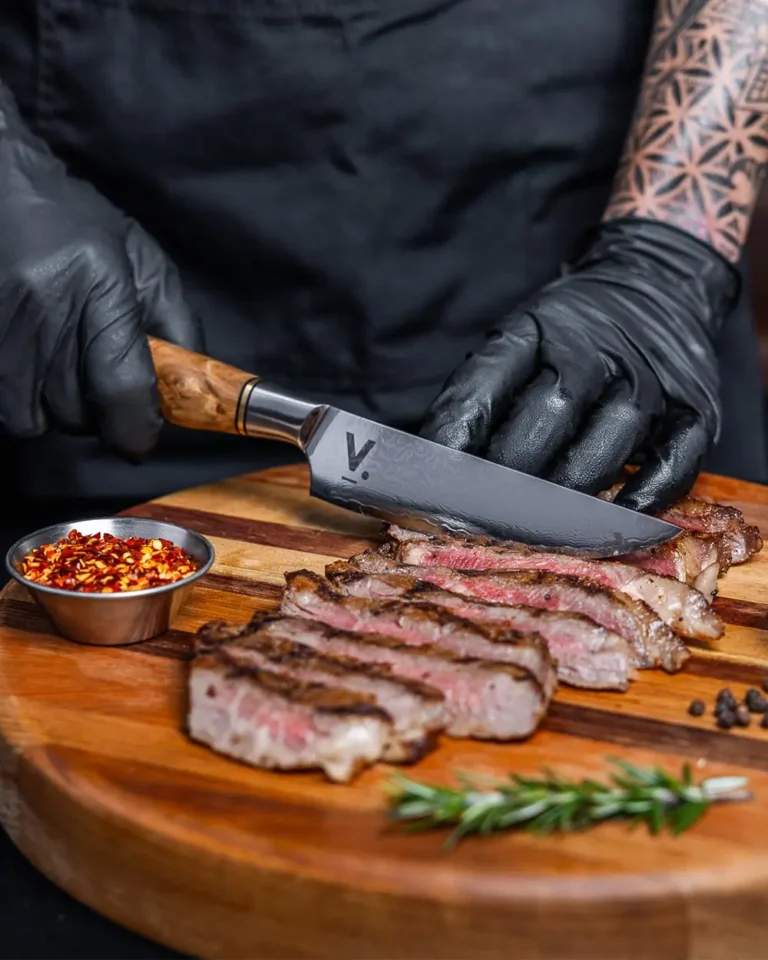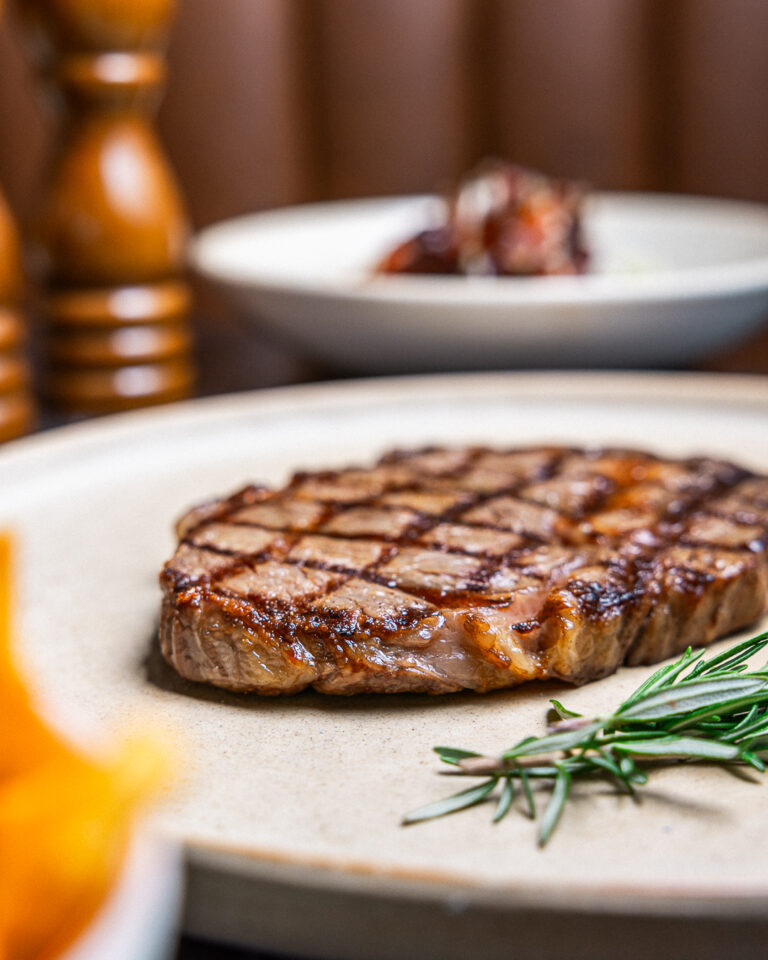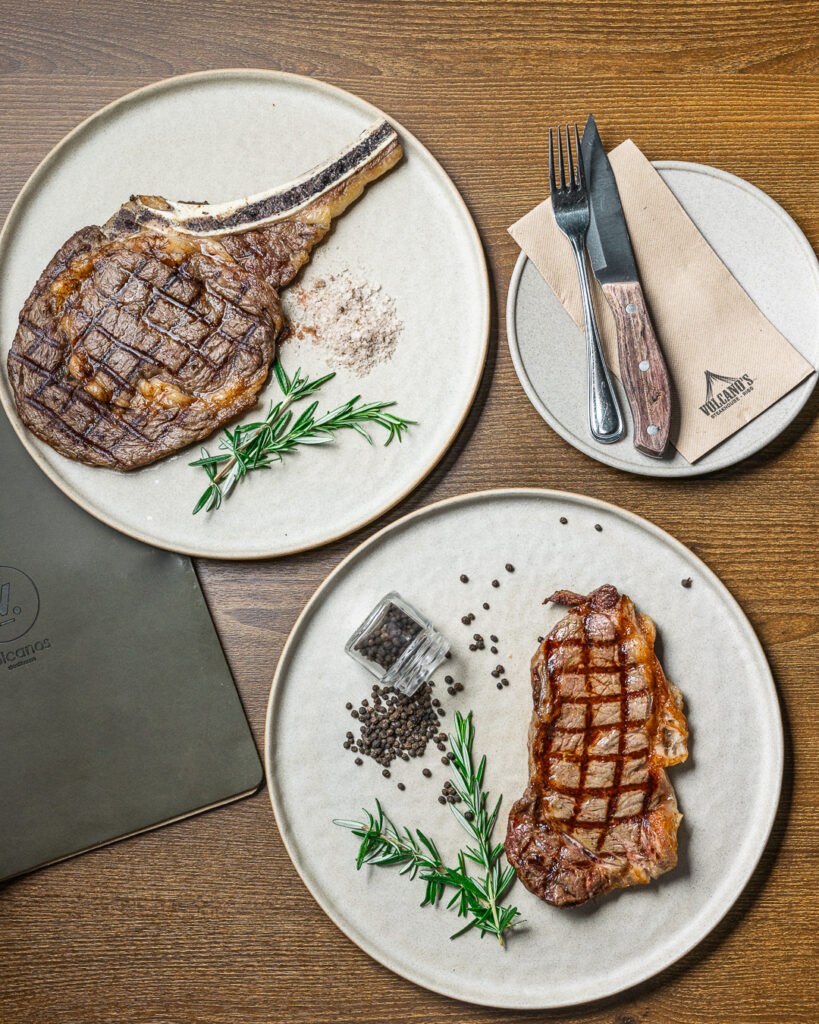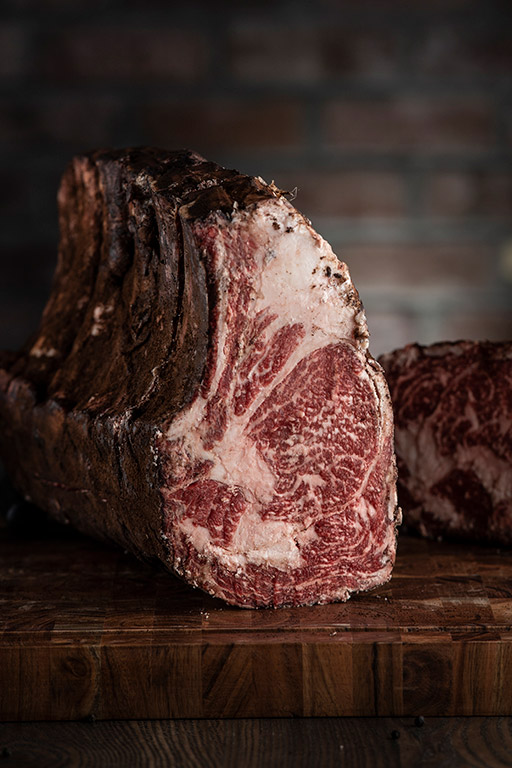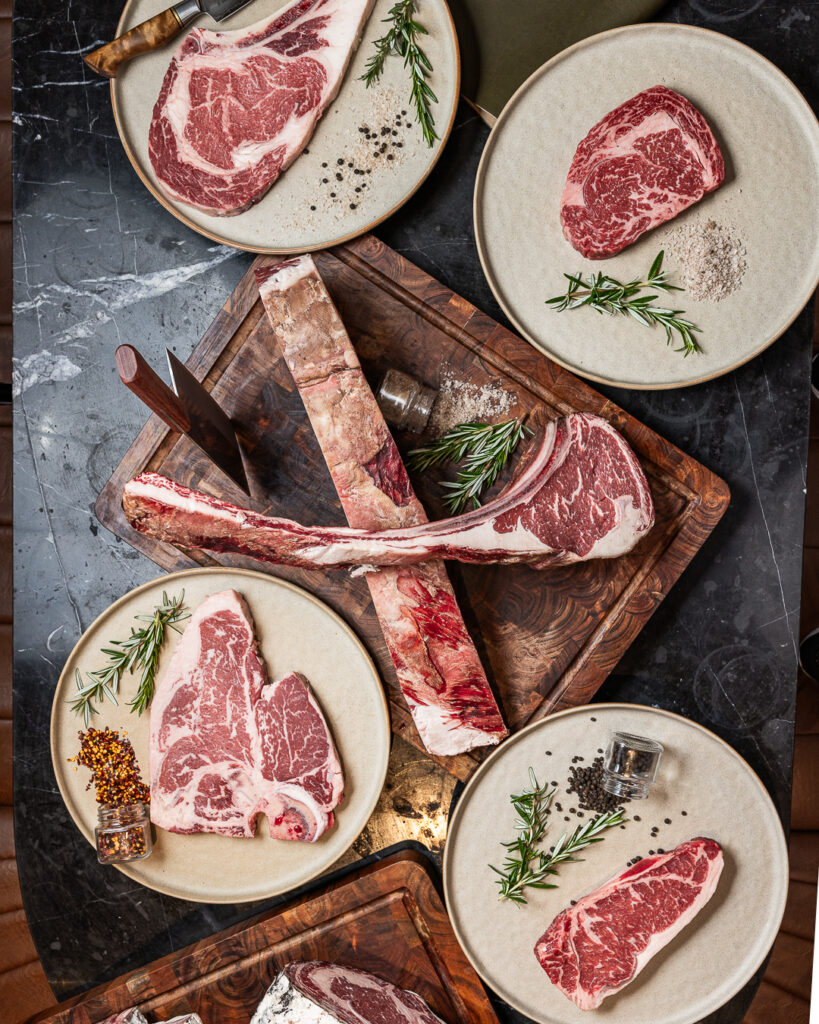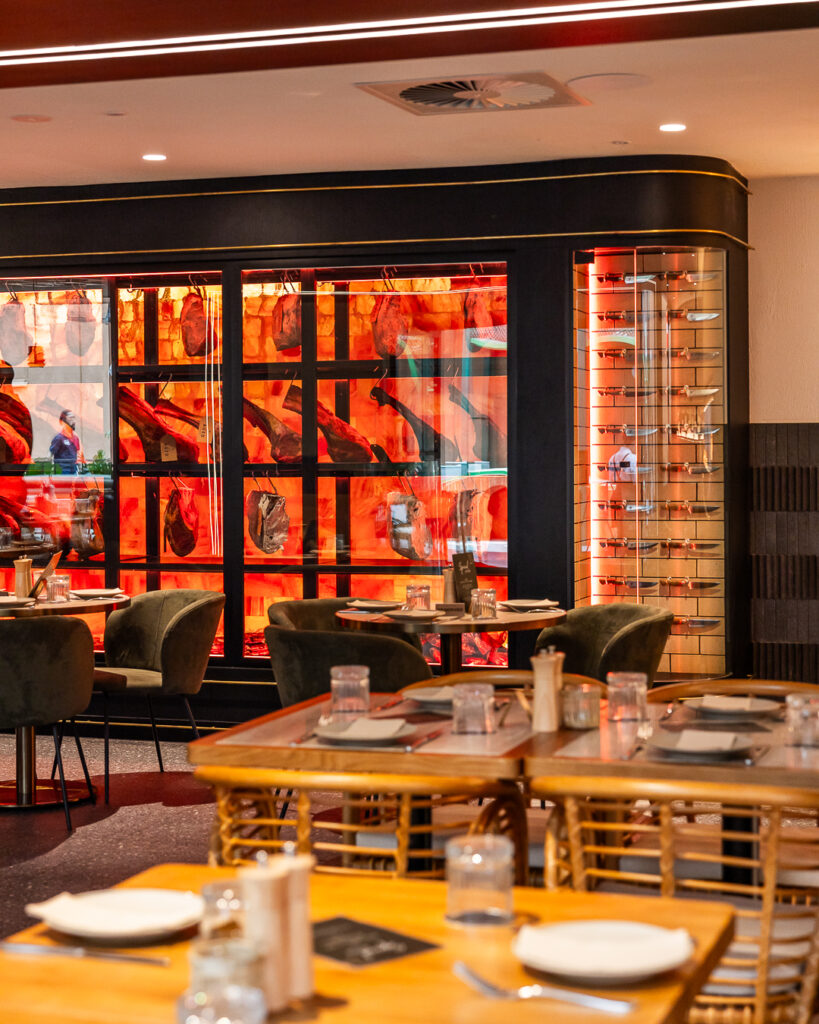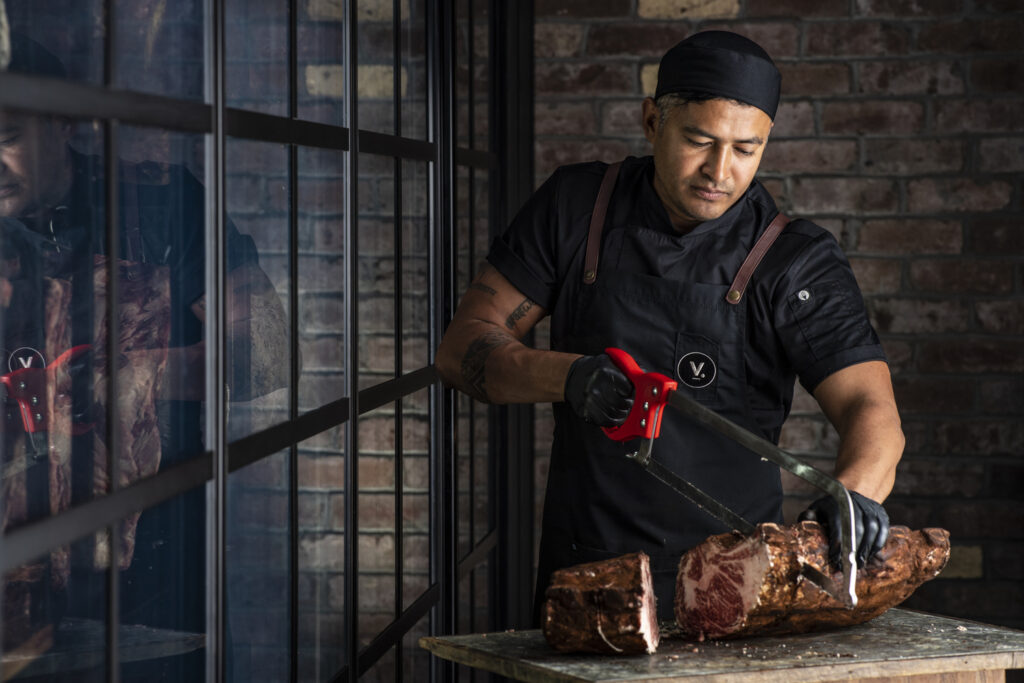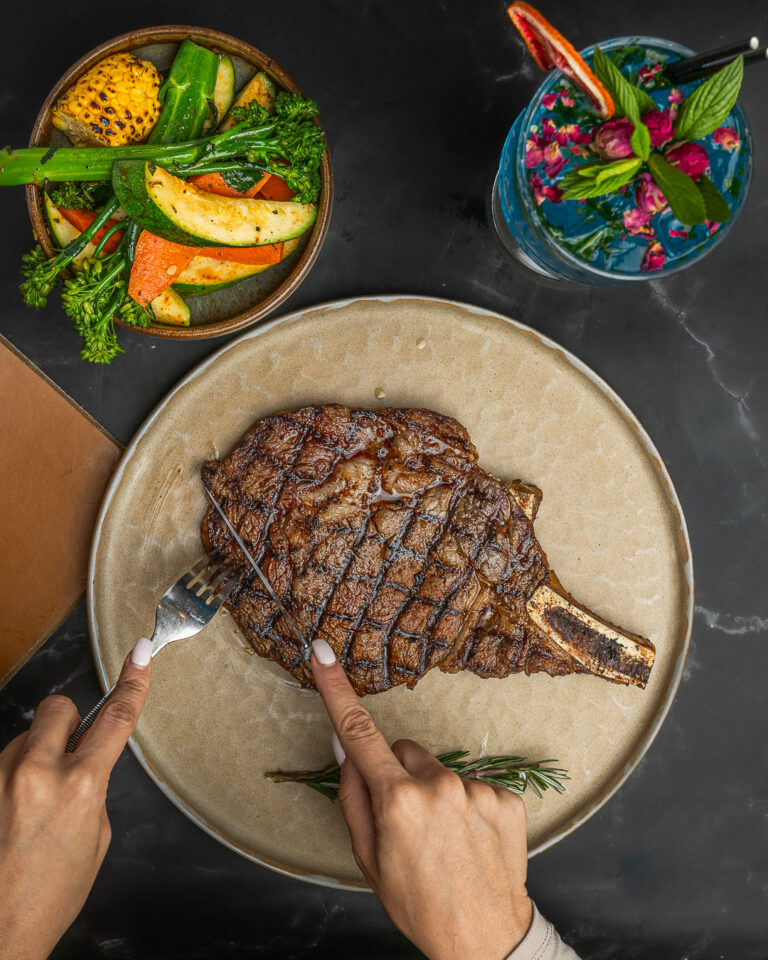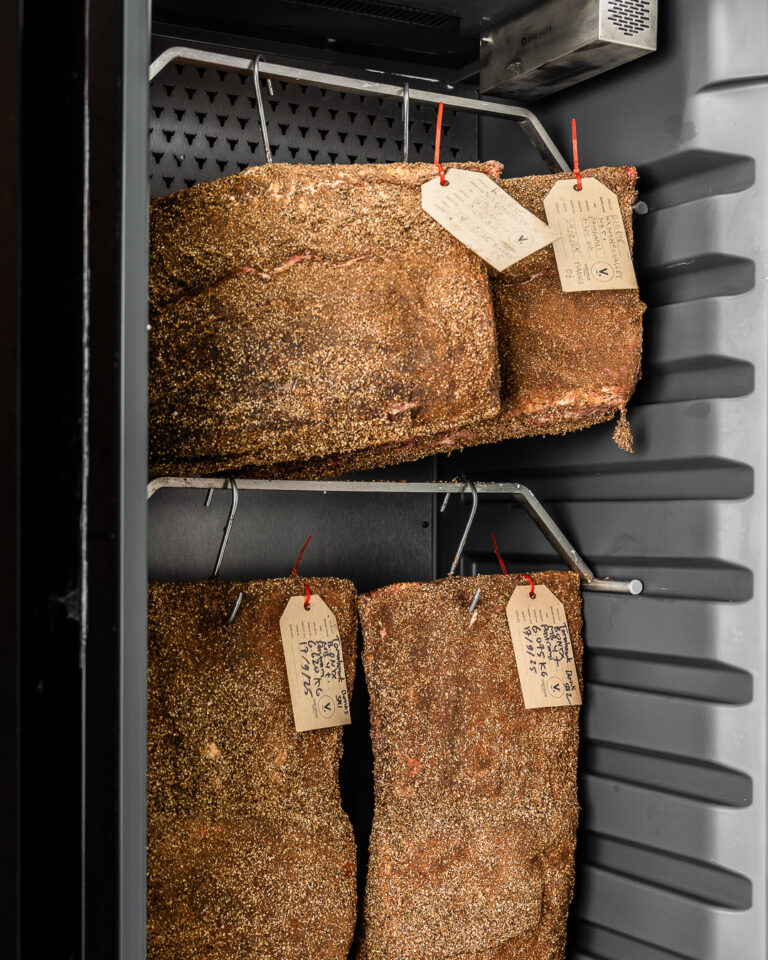Wagyu, Halal Standards, and Local Taste
We’re a certified Halal Steakhouse, and that includes our entire Wagyu beef range. We follow the full halal slaughter process, source from trusted suppliers, and only serve cuts that meet our standards.
That matters to our guests. Western Sydney is full of people who care about what they eat, and how it’s handled. From Parramatta to Bankstown, to Epping Victoria, guests ask about sourcing, grading, and prep. They want more than just a menu label. They want transparency.
That’s what we offer. Our team is briefed on MBS, feeding cycles, sourcing, and portioning. We can answer questions at the table because we expect them. And we respect the people asking.
Our suppliers follow ethical sourcing practices, and we’ve built relationships with producers who raise cattle with care. We don’t cut costs by importing questionable products or mixing cuts from different sources. What’s on the plate is what we say it is.
Wagyu isn’t treated like a novelty here. It’s part of the rotation. It’s something you can order on a weeknight or during a casual Sydney lunch with mates. You don’t need a big event. You just need a seat.
That’s why we say Wagyu fits the Western Sydney palate. Big flavour. Clear prep. No fluff. It works for a quiet night or as one of your go-to Sydney Eats. And when it’s served right, it leaves a lasting mark, without leaving you feeling weighed down.
There’s no trick to Wagyu beef. It’s not something you have to “get used to.” The moment it hits the table, most people can tell there’s something different. The colour is richer. The cut looks cleaner. And the first bite seals it.
You get flavour, moisture, and balance all in one. The finish is clean. The fat doesn’t coat your mouth; it disappears. That’s what makes Wagyu memorable. Not hype. Just results.
It’s also flexible. It works as a shared plate or a main. It can be sliced thin or served thick. It’s a hit on Sydney Date Ideas lists, and it’s regularly listed on food blogs covering the Best Restaurant in Sydney. But here, it’s normal. Part of the menu. Not a special request.
